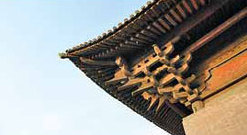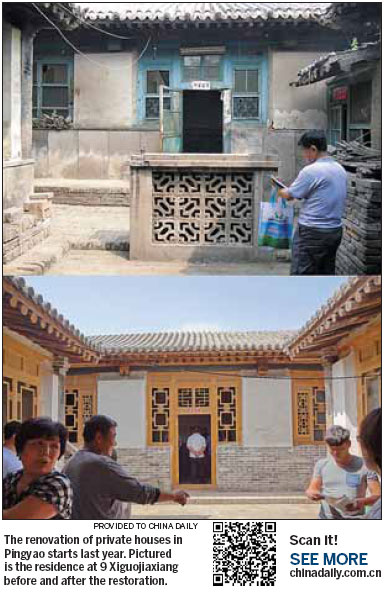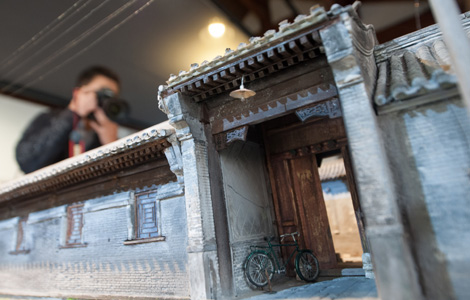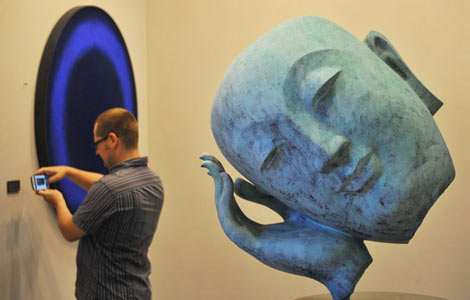
That's where the new model came in last year. It's devised to encourage individual families to invest while the government and World Heritage Fund subsidize renovations' finance and technical management.
The deal is available to any private owner of a house with historical value, intact structure and clear ownership. Houses renovated through the project can't be used for commercial purposes.
"They were built for living in and will be renovated for the same purpose," Ji says. "Life in Pingyao will go on and the city will have a future only if people are willing to stay."
Liu Chuanjing has lived in his courtyard since 1943. The tiled roof leaked, the walls were cracked and the pine gate was rotting.

"I have always wanted to restore it properly but never got around to it," the 72-year-old retired teacher says. "When the project started, I knew it was time."
An expert panel inspected Liu's abode. They snapped photos and revised a detailed restoration plan Liu had to approve.
Liu contracted labor and materials from a renovation company certified by the panel.
The old tiles were removed, cleaned and spackled with red clay and hay - a traditional mix to prevent leaks. They were then replaced on the original structure.
Broken bricks had to be replaced with intact ones from other houses, since the types of bricks from which Pingyao is built are no longer produced.
The pine gate was refurbished.
A supervisor checks Liu's home daily to ensure all materials and methods are authentically ancient. Each supervisor in the project visits more than 10 homes a day.
Liu says about 60,000 yuan ($9,800) of the 155,000 yuan restoration is subsidized in accordance with his house's historical value and damage.
Pingyao has so far invested more than 20 million yuan in the project, two-thirds of which is subsidized by the government and the Global Heritage Fund, Ji Taiping says.
A total of 190 households applied, and 28 have been restored. Renovations are ongoing at another 14.
The project's consequences are expected to expand beyond Pingyao.
"This project will provide insight for what we will be doing next: the idea of getting the private sector, the community and the government work together," UNESCO Beijing Office director Abhimanyu Singh said, after he visited a private residence under renovation in mid-August.
"It is a small beginning. But it is important because what happens here gets reported back to the World Heritage Committee. The experience gets shared and can be built upon in other countries."
But even renovations perhaps won't stop Pingyao's outflow of young people. The population increasingly belongs to Liu's generation.
"What happens when this generation is no longer there?" Singh says.
While Singh expects tourism to be the major source of revenue to protect and maintain Pingyao in the long term, the town is also looking for new money-spinners.
The government built a 130 million yuan industrial park to develop hand-polished lacquer ware, a millennium-old local handicraft listed as a national intangible cultural heritage.
A modern international art center was built in a former textile mill.
The hottest new attraction is the Another Glance at Pingyao performance that infuses the town's history and culture into a tragic epic.
Ji Hongfu believes a renovation will make his house more livable for his family.
His greatest concern is his courtyard was built in the Yuan Dynasty (1271-1368), while most hail from the Ming and Qing eras.
So, he worries the local craftsman might not be familiar with Yuan-style building methods.
"I've been watching their work," he says. "The houses they renovated last year are more authentic than those they did the year before. This year is even better. I believe there is a future for our house. It's a gift from our ancestors - one we'll pass on.
Contact the writers at sunyuanqing@chinadaily.com.cn and sunruisheng@chinadaily.com.cn.









